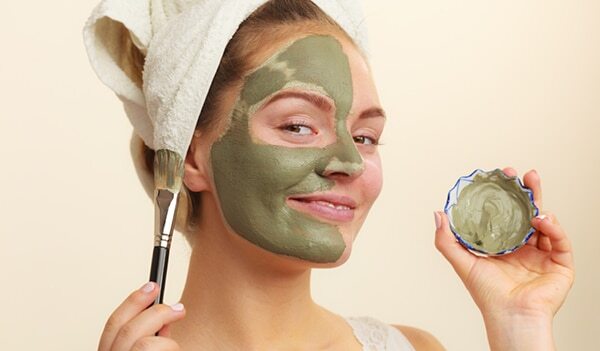The world we live in today is filled with countless fads and trends that keep coming, going and bouncing back. And if you take even a slight interest in the world of beauty, you must have already heard enough praises for facial masks, from peels and sheets to clay masks. While some are fairly new in the market, the one that has stood the test of time is a clay mask. Its evident results in aiding glowy and healthy skin have been lauded by many and today, we dive deep into what exactly a clay mask is, how to use it correctly and its many benefits.
01What is a Clay Mask?
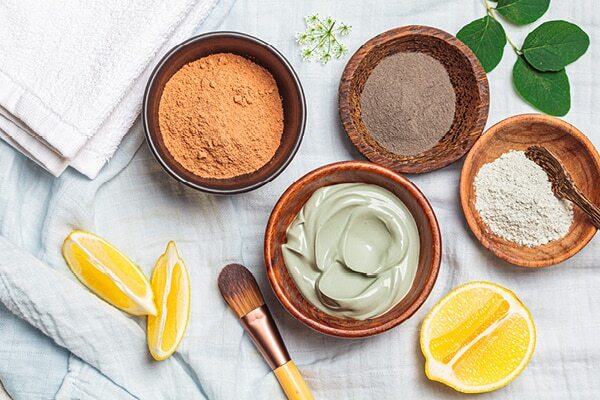
Essentially, clay masks are made of different materials and have a high aluminate and silicate composition. When used in skincare, clay is known to effectively absorb oil, grease and bacteria from skin and make it squeaky clean and clear. Clay generally has a negative pH value and when applied on the skin – which has a comparatively positive pH value – it becomes a magnet for oil and impurities and zaps it away. There are not one or two, but several types of clay masks that can be used on your skin, including bentonite, kaolin, French green, Fuller's earth (Multani mitti) and Moroccan Rhassoul clay. Bentonite clay is a product of volcanic ash; Kaolin clay (aka white clay) is made of Kaolinite mineral; French green clay (aka sea clay) is found as a mineral-rich deposit in France's southern coast with iron oxides and kelp seaweed components; and Multani mitti was originally found in present-day Pakistan's region of Multan. While each type of clay has its own colour, usage and benefits, overall, every clay mask makes your skin grease-free, tighter and brighter.
02Benefits of clay mask
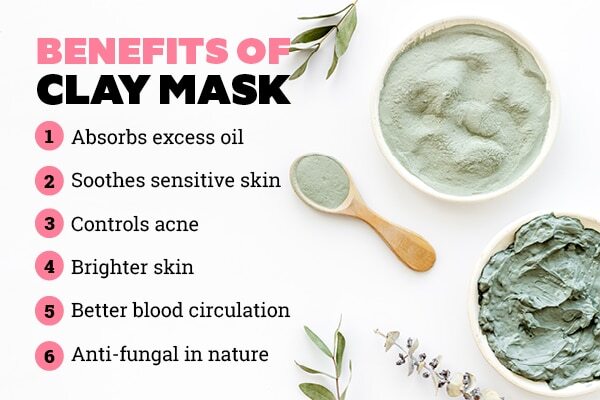
The right kind of clay mask can reap numerous benefits for not just oily skin types, but for dry, combination and sensitive skin as well. Below, we list out the many benefits of clay masks for your skin. Take notes!
Saviour for oily skin
Trust a clay mask to control the excess production of oil in your skin and absorb all the sebum that's layered on the surface. This not only helps prevent shine on the face, but also unclogs pores, resulting in zero buildup of impurities in your pores, which could have otherwise led to frequent breakouts, blackheads and whiteheads on your skin. French green clay and bentonite clay are two of the most popular ones when it comes to dealing with oily skin issues. Using the right clay mask twice every week would prove beneficial for people with greasy skin.
Soothes sensitive skin
Many of us with sensitive skin often take a step back when it comes to deep cleansing our skin for fear of causing more irritation or breakouts. But, with a good clay mask on your side, you can shed such worries without blinking an eye. White and pink kaolin clay masks are known to be friendly ingredients for sensitive skin – using it doesn't lead to abnormal drying out of the skin, redness, pimples or inflammation. In fact, this clay type works to detoxify your skin gently (but thoroughly), making it better moisturised, soothed and hence, keeping sensitivity under control.
No more acne
The thing with acne is that it always appears like an uninvited guest, and all of us have dealt with it at one point or another. But the reason behind acne popping up so often is accumulation of dead skin cells, toxins, dirt and oil in your pores. This is where clay masks help clean the debris from the surface, hydrate the skin and remove acne-causing bacteria to avoid breakouts in the future. There's more – clay masks can also fade away acne spots in the long run with regular use.
Enhances complexion
Blocked pores and dead skin cells not only lead to breakouts, but also cause skin to become lackluster, while the new skin cells stay buried beneath. And when a clay mask is applied on the skin, it gets rid of dead skin to let the newer cells appear on the surface, leading to youthful, brighter looking complexion. Also, clay masks such as Fuller's earth (Multani mitti) and yellow kaolin clay are known for their skin-lightening properties and for reducing the appearance of enlarged pores and blemishes.
Improves blood circulation
Healthy blood circulation in your skin ensures your skin doesn't lose its natural glow and doesn't fall into the trap of premature ageing. Well, the trusted bentonite and kaolin clay masks can help augment blood flow and oxygen circulation in your skin, which could aid in the renewal of skin cells and collagen production. It also impacts skin tissue formation positively, keeping your face looking fresh and naturally healthy.
Clay is antimicrobial
It is seen that clay masks also manage the presence of bacteria in the skin. When applied, the clay becomes a magnet for old and dead bacterial cells and removes it from the skin. French green clay and bentonite clay are considered to work well to treat microbial activity on the skin and even keep issues such as fungal acne or yeast infections on the face at bay.
03Right way to apply a clay mask
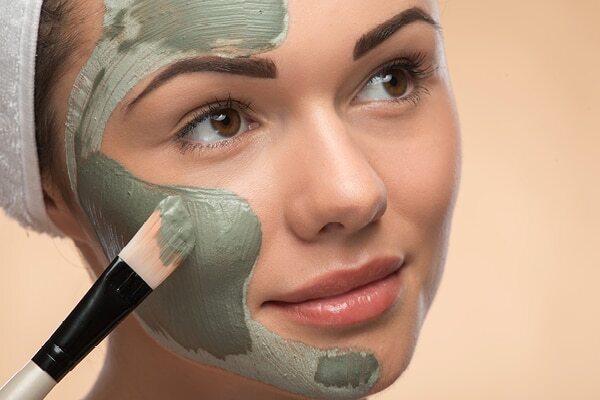
- First, use a cleanser to get rid of dirt and grease from your skin. This will allow the clay mask to work better and pull out toxins from deep in your pores without causing product buildup.
- While you can simply use your fingers or a foundation brush to apply the clay mask, remember not to overdo it – that is, don't layer your face with a thick coating. A thin layer of clay mask is enough.
- Your eyebrows, under eyes, eyelids, upper lip and the area edging your under lip do not need to be masked. It can likely cause skin irritation or reactions.
- A wait time of 10-12 minutes suffices after putting on the clay mask. You don't need to wait for it to dry up completely and become stiff. The sign that it is ready to be washed off is when it begins to feel tight and tacky.
- Removing a clay mask is easy and, in a way, therapeutic, too. You can grab a facecloth or a microfiber towel, soak it in warm water and use it to wipe off the clay. If needed, you can follow up with a mild cleanser to get rid of any residue or stickiness.
- Lastly, finish with a toner and hydrating moisturiser and your skin will feel soft, brightened and refreshed like never before!
04Side effects of a clay mask
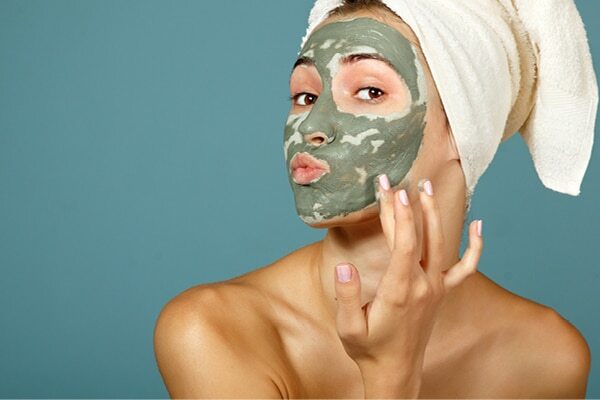
There are always a few things to be careful about when indulging in skincare, especially when you're new at it. Here are some pointers for you to take away about clay masks and its potential side effects.
- There is absolutely no need to coat up lots and lots of the clay mask on your skin. The thickness of the clay will not give you any better results, but will instead cause unnecessary product build-up and clog your pores.
- Too much clay on the skin, leaving your clay mask on for too long or using it more than twice in a week or everyday can cause serious troubles for your skin – think over dryness, dry patches, sensitised or irritated skin.
- A word of caution for all the skincare buffs out there, please consult your doctor before using clay masks if you have any severe skin conditions, fungal infections or any ongoing medical treatments.

